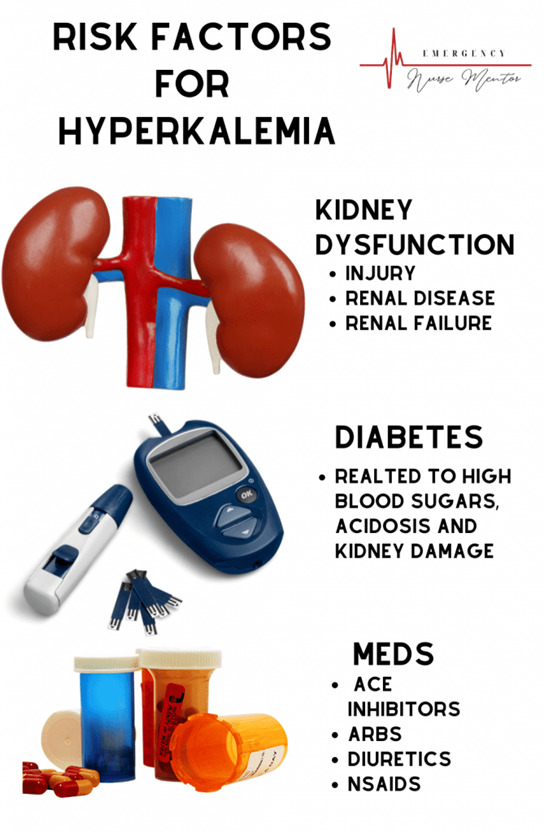A nurse is preparing to administer amantadine 150 mg PO every 12 hours. Available is amantadine 50 mg/5 mL syrup. How many mL should the nurse administer per dose?
(Round the answer to the nearest whole number. Use a leading zero if it applies. Do not use a trailing zero.)
The Correct Answer is ["15"]
Step 1: The total amount of amantadine required per dose is 150 mg.
Step 2: Each 5 mL of syrup contains 50 mg of amantadine.
Step 3: To find out how many mL are needed, we divide the total amount required by the amount in each 5 mL of syrup. So, (150 mg ÷ 50 mg/5 mL).
Step 4: The result is 15 mL.
So, the nurse should administer 15 mL per dose. This is already a whole number, so no rounding is necessary.
Nursing Test Bank
Naxlex Comprehensive Predictor Exams
Related Questions
Correct Answer is D
Explanation
Choice A reason: Hypernatremia, which is an abnormally high level of sodium in the blood, is not typically associated with prerenal AKI. Prerenal AKI is often related to hypovolemia, which can lead to hyponatremia rather than hypernatremia.
Choice B reason: Hypophosphatemia, or low levels of phosphate in the blood, is not a common finding in prerenal AKI. Phosphate levels are more often affected in intrinsic renal diseases or refeeding syndrome.
Choice C reason: Hypercalcemia, or high levels of calcium in the blood, is not commonly seen in prerenal AKI. It is more frequently associated with malignancies or hyperparathyroidism.
Choice D reason: Hyperkalemia, which is an elevated level of potassium in the blood, is a common electrolyte imbalance in prerenal AKI. This occurs due to decreased renal perfusion and the kidney's reduced ability to excrete potassium.

Correct Answer is C
Explanation
Choice A reason: Flatened neck veins would suggest dehydration rather than fluid overload.
Choice B reason: The return of skin to previous position when pinched indicates good skin turgor, not fluid overload.
Choice C reason: A significant weight gain in a short period, such as 5 lb since yesterday, is a classic sign of fluid overload.
Choice D reason: An oxygen saturation of 93% does not necessarily indicate fluid overload.
Whether you are a student looking to ace your exams or a practicing nurse seeking to enhance your expertise , our nursing education contents will empower you with the confidence and competence to make a difference in the lives of patients and become a respected leader in the healthcare field.
Visit Naxlex, invest in your future and unlock endless possibilities with our unparalleled nursing education contents today
Report Wrong Answer on the Current Question
Do you disagree with the answer? If yes, what is your expected answer? Explain.
Kindly be descriptive with the issue you are facing.
